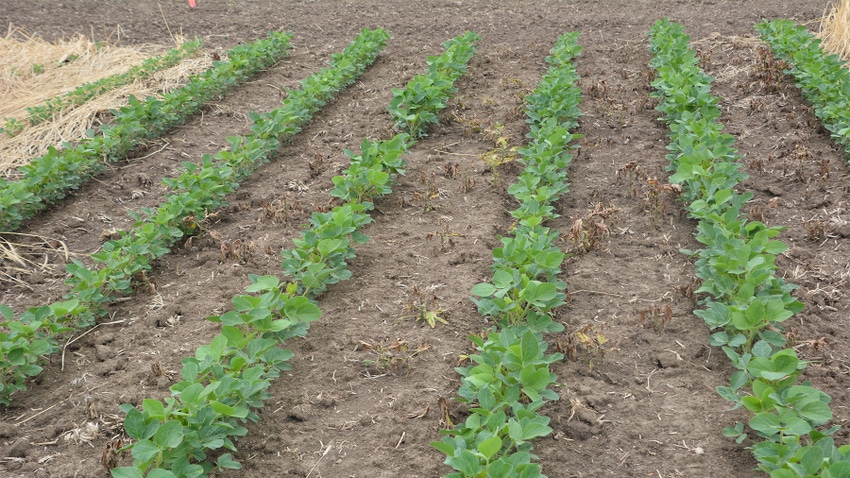
The court ruling revoking registration for three dicamba products designed to spray over dicamba-tolerant soybeans was the “shot heard around the world” in farmer circles. Roughly a week later, many let out a sigh of relief when U.S. EPA indicated that existing stocks of Engenia, XtendiMax and Tavium could be used if certain deadlines were met.
Weeks later, though, clouds of uncertainty remain. Will most farmers who intended to use dicamba be able to apply it? If too many people opt for an alternative, like Liberty, will there be enough supply?
Bill Johnson, Purdue Extension weed scientist, answers questions in this exclusive interview:
Will most growers who wanted dicamba still be able to apply it? Yes. The word we’re getting is that in most cases, there is enough of these products in proper channels to meet spraying needs. The only exception might be if a farmer made a last-minute decision to shift to Xtend beans and didn’t have dicamba lined up. So, we don’t anticipate a big shift to other alternatives. The trend before the announcement was toward more Enlist soybeans versus Xtend. Some put it at 60% to 40% Enlist to Xtend, others up to 75% Enlist for ’24.
Five years ago, most people expected Xtend varieties to dominate. What happened? The drift concern with dicamba didn’t help. Plus, there is no cutoff date for applications for 2,4-D, although there is a label restriction by growth stage.
Does the cutoff date for dicamba over dicamba-tolerant soybeans still apply? Yes. The federal date from EPA is June 12 in Indiana, Illinois and Iowa, and in Minnesota south of I-94. North of I-94 in Minnesota, it is June 30. It is June 20 in South Dakota and June 30 in most other states in the Midwest and Northeast. However, some state laws put restrictions on temperature. Consult your own state chemist for exact requirements and information about cutoff dates for other dicamba products. In Indiana, the cutoff for applying dicamba in corn or pasture is June 20.
If some people shift to Liberty on XtendFlex soybeans, will there be enough supply? Our reading is that there should be plenty. The bigger question may be price. Liberty was in short supply during COVID-19. Some retailers stocked up when they could at high prices.
Does this year’s ruling mark the end of dicamba products for dicamba-tolerant soybeans? No one knows, but most look for negotiation between the courts and EPA. Plus, it’s possible there could still be remaining stocks, which EPA could allow to be used in ’25.
The bigger question is what will happen to all dicamba in the future. We view it like atrazine, which continues to be under scrutiny every year, but which is still available for many uses. Dicamba is an important player in turf, pasture and corn markets. We expect it could still be around for many years, although there may be more restrictions. Only a small number of complaints about dicamba each year are about these uses.
Read more about:
DicambaAbout the Author(s)
You May Also Like




